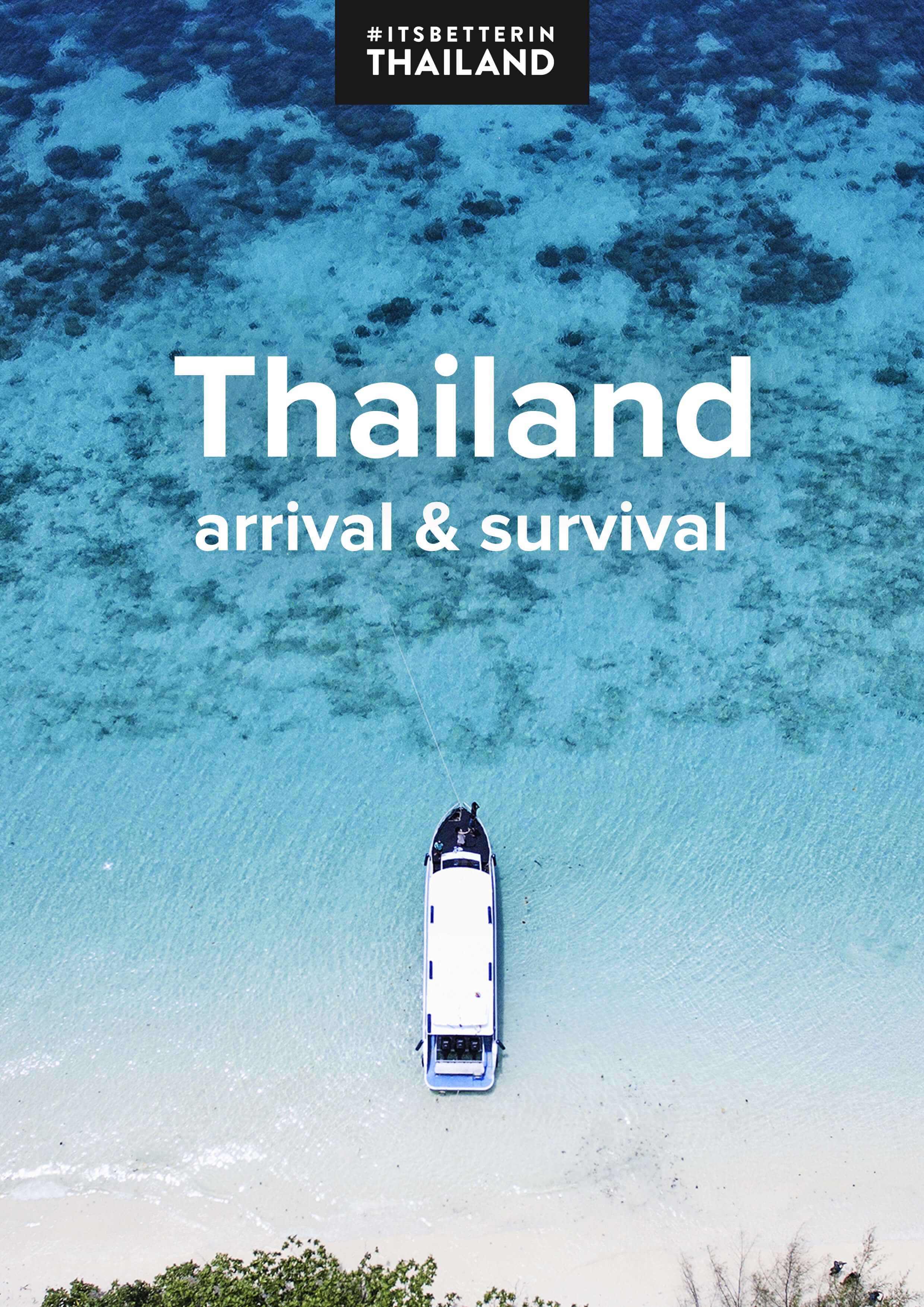Think it’s time to ban elephant riding in Thailand? Not so fast
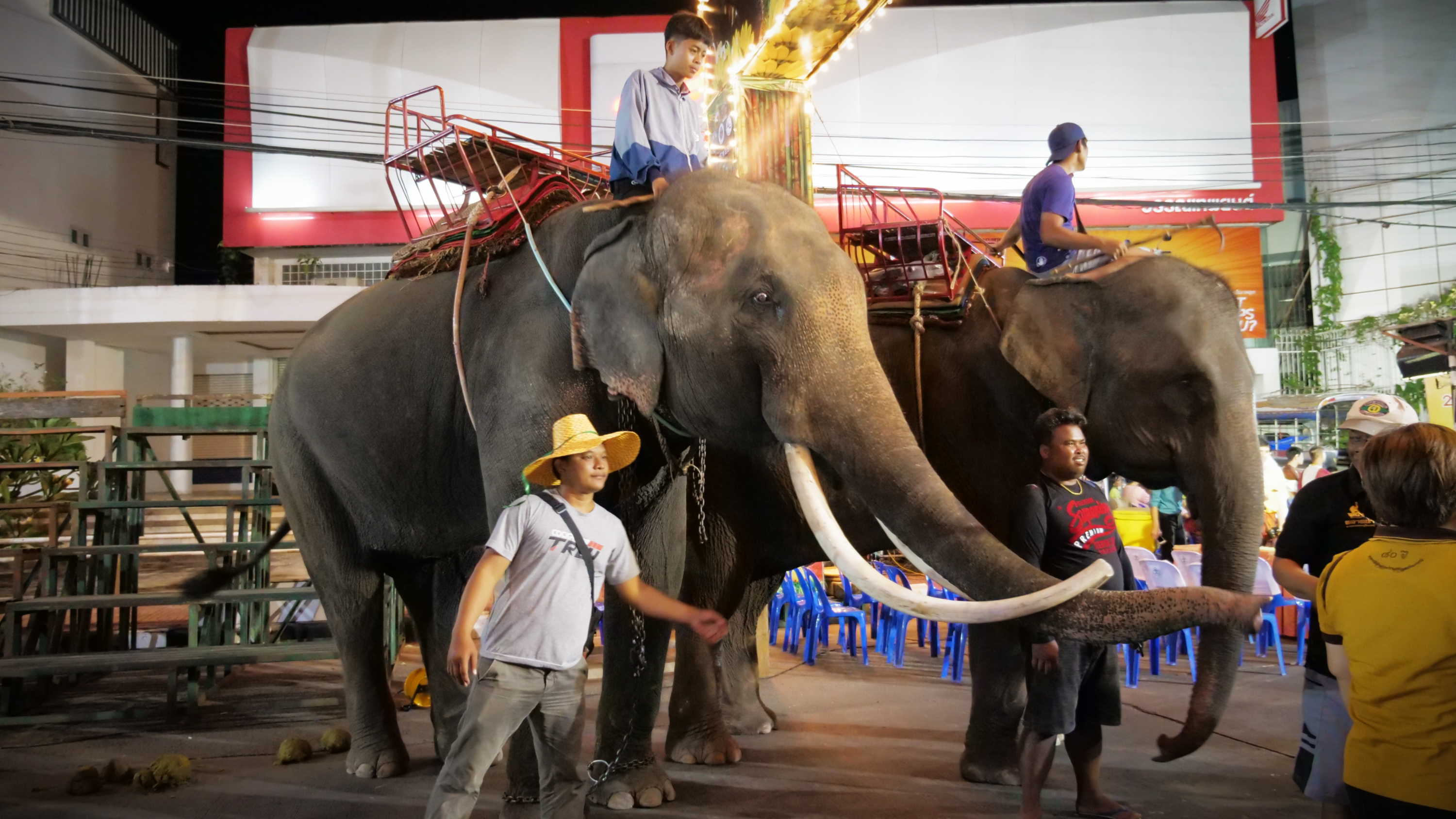
We don't support elephant riding, but an outright ban is implausible. Here's a better way.
It’s a typical scene that seems to play out weekly on forums and in Facebook groups. Someone asks a question about elephant riding, or posts a picture of their experience doing it, and a pile-on ensues. A majority shames the person for riding, or even thinking about riding an elephant. A few helpful people try to offer better alternatives. And then the trolls crawl in to proudly proclaim that elephant riding is perfectly fine and they partake as often as they can. It’s predictable enough that a number of Thailand travel-related Facebook groups have either banned the discussion altogether, or the admins immediately turn off commenting on those posts.
It’s time to change this tireless debate. To be clear: I am opposed to elephant riding and I have always advocated against visiting elephant riding camps and circuses where they are forced to perform tricks. At the same time though, too many of the people who agree with me on that take such a hardline position that change will never be brought about. We need to find a middle way.
The current state of affairs
Thailand has around 1,000 domesticated elephants and 3,000 wild ones. You cannot just release a domesticated elephant into the jungle and hope it will suddenly become a wild animal, it just doesn’t work that way. Even if it did though, the current wild elephant population is already at its natural equilibrium based on what the habitat will support. If there were enough resources and space available for more wild elephants, there would already be more of them.
If we can’t release the captive elephants, then we need to continue feeding them. An elephant eats literally hundreds of kilograms of food per day, and feeding even just one animal is expensive. If we suddenly banned all elephant camps and circuses, there would be no money to feed them and they would starve. Sanctuaries could probably take a few of these animals, but nowhere near enough to prevent a disaster. Right now, the tourism ban from Covid-19 is giving us a preview of what this might look like.
Besides the cost to the elephants, an outright ban on elephant riding would lead to massive job losses as well. Thailand’s domesticated elephants require a lot of people to look after them, feed them, train them, and sort out the logistics of bringing tourists out to them. There is simply no way that the Thai government will snatch away these people’s livelihoods.
Speaking of the government, another consideration is that elephants are such an integral part of Thailand. Their presence is everywhere in Thai culture, history, religion, and symbolism. The image of brave men capturing and taming wild elephants, or of kings leading armies into battle atop them is a romantic and enduring one, and for Thais, it’s a proud part of their history.
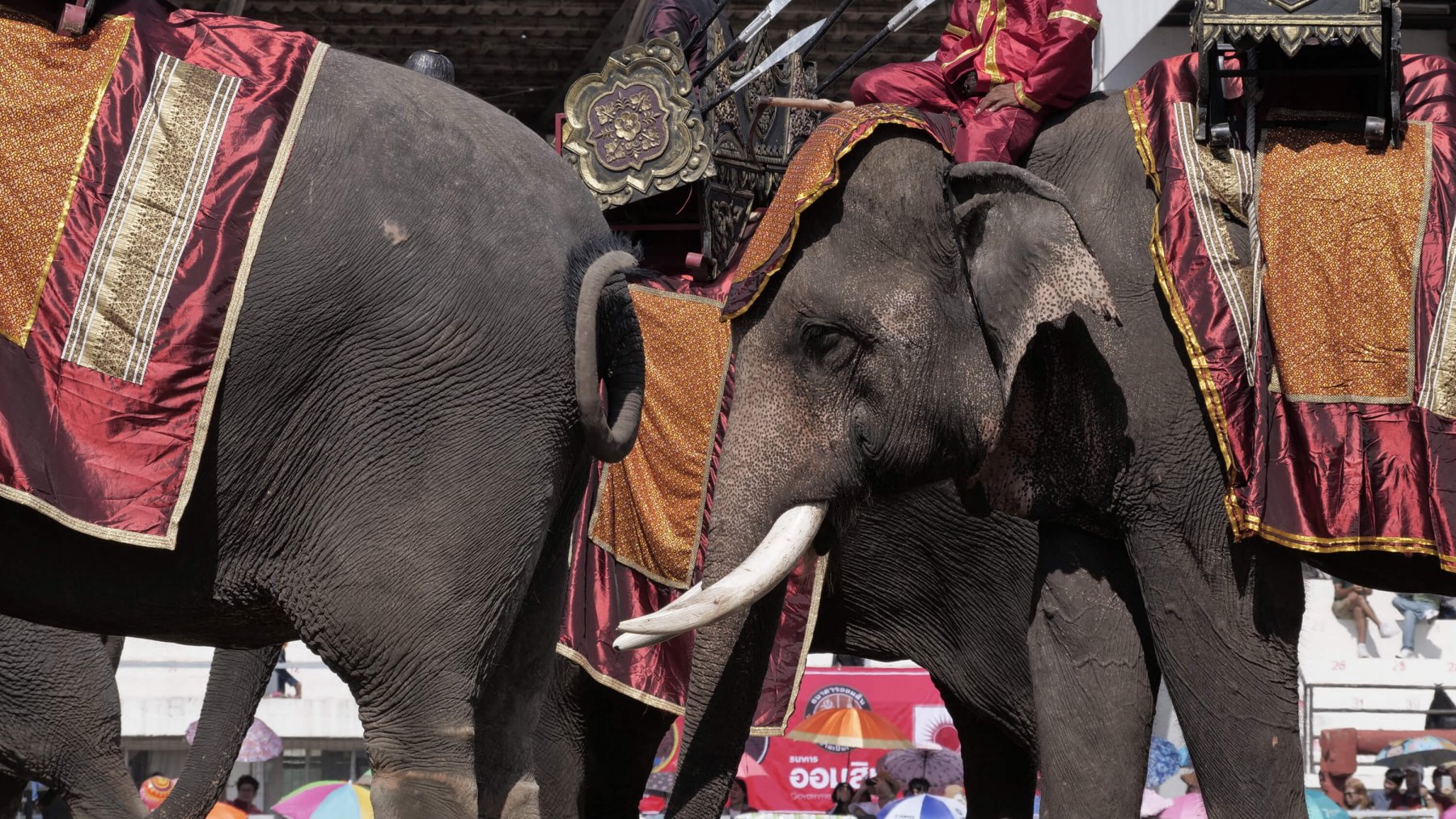
How bad is it?
Elephants are extremely intelligent animals with complex interactions, feelings, and emotions. We now know that they can experience anxiety, stress, and even post-traumatic stress disorder (PTSD) in much the same way that humans can. They need a certain amount of social interaction and bonding with other elephants or they can suffer serious effects. In most elephant riding and circus camps today, they don’t get enough of this. They are either worked too much, or the camp doesn’t have the space to let the animals roam freely together, and they remain chained in place for hours on end. It really is a problem, and it’s one that we need to fight to change.
Dispelling myths
One common misconception is that all elephants undergo Phajaan, or ‘crush’, a torturous process of breaking an elephant’s spirit. There are videos that get shared of this process, and it really is disturbing to watch. A baby wild elephant — which likely just saw its mother killed — is bound in a tiny space for days and essentially tortured until its spirit is broken and it ceases to be a wild animal. It’s pretty horrific, and almost everyone will agree that while it may have been necessary in the past, it is simply not an acceptable practice today. But the thing is, most elephants don’t undergo this process.
Phajaan is used to break a wild elephant, but most of Thailand’s domesticated elephants today are born in captivity to a mother who is herself not a wild animal. These elephants still need training, but it is nothing like what is seen in those videos.
Please don’t get me wrong, I’m not saying it’s all a bed of roses. The training can still be brutal and an inexperienced or sadistic mahout can make it much worse, but it’s just not like what is seen in those videos. Also, much of the worst of the training is to teach elephants to do things like paint pictures and throw darts, which I do believe should be banned.
Wild or Domesticated
One positive thing to note is that Thailand’s wild elephant population has mostly stabilized. Today, illegal land encroachment is the main threat, not poaching. There is still some risk of poached elephants from countries like Myanmar being smuggled in, but there is basically a large enough supply of new domesticated elephants to meet the demands of the tourism industry. Thankfully, poaching here is not a huge problem anymore, especially when compared to the plight African elephants are facing.
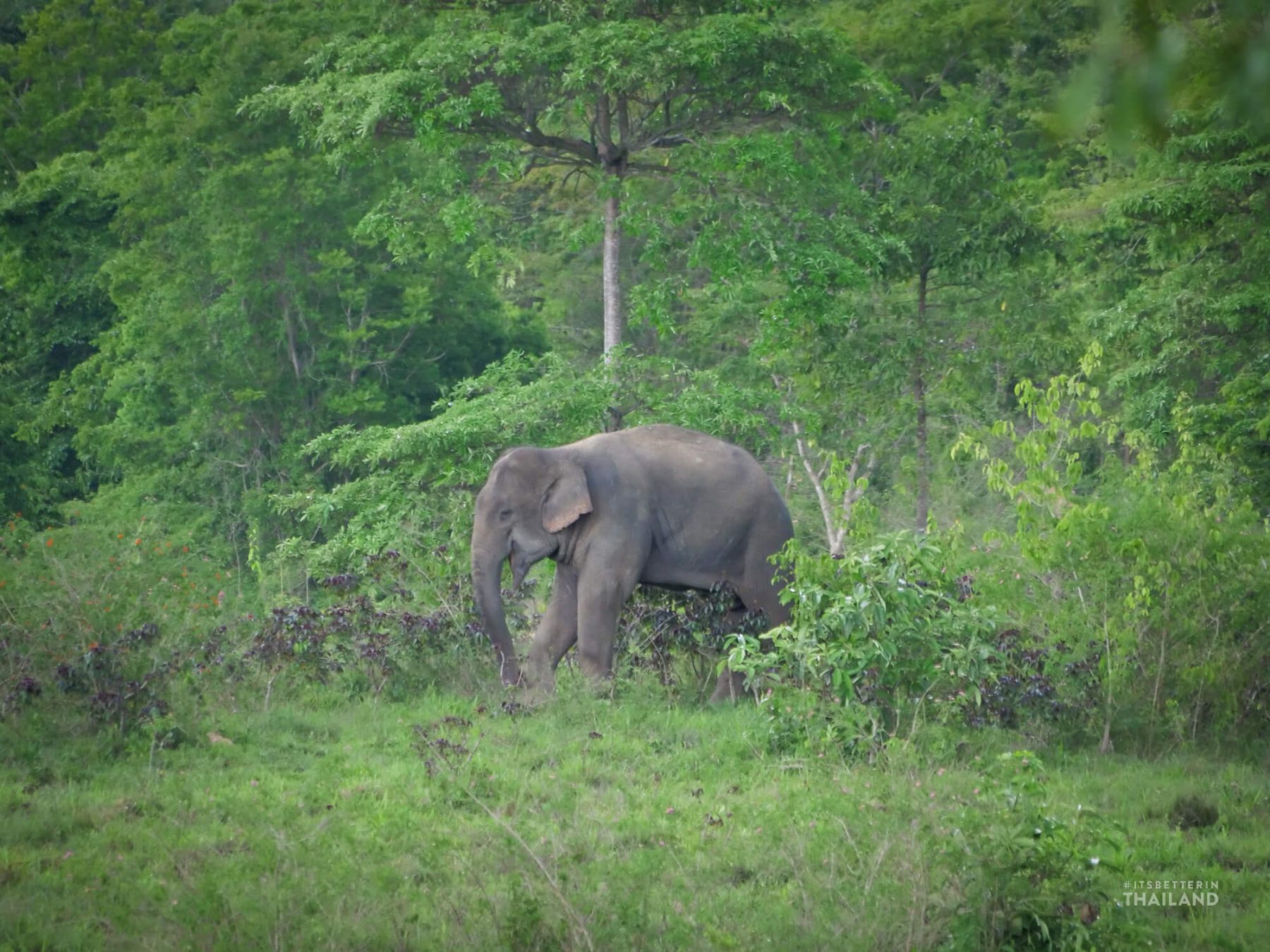
Note: If you’re interested in seeing wild elephants on a safari in Thailand, check out our guide to Kuiburi National Park
Solutions
So what is the way forward? I believe we need to combine improved animal welfare laws with the promotion of education to try to change travelers’ behavior and outlook.
In a near-perfect world, every elephant camp would move toward the “sanctuary” model. These no-riding sanctuaries mostly let the elephants live a relaxed life. The point is to let them mostly go about their ways, and let tourists get up close to witness that. Because so little coercion is involved, there is very little training necessary. Most importantly, the elephants can spend the majority of their time doing what elephants are supposed to do: eat, play, and socially bond with one another. Eventually, through education and awareness, we can get to a point where people just don’t want to ride elephants anymore. But that won’t happen overnight.
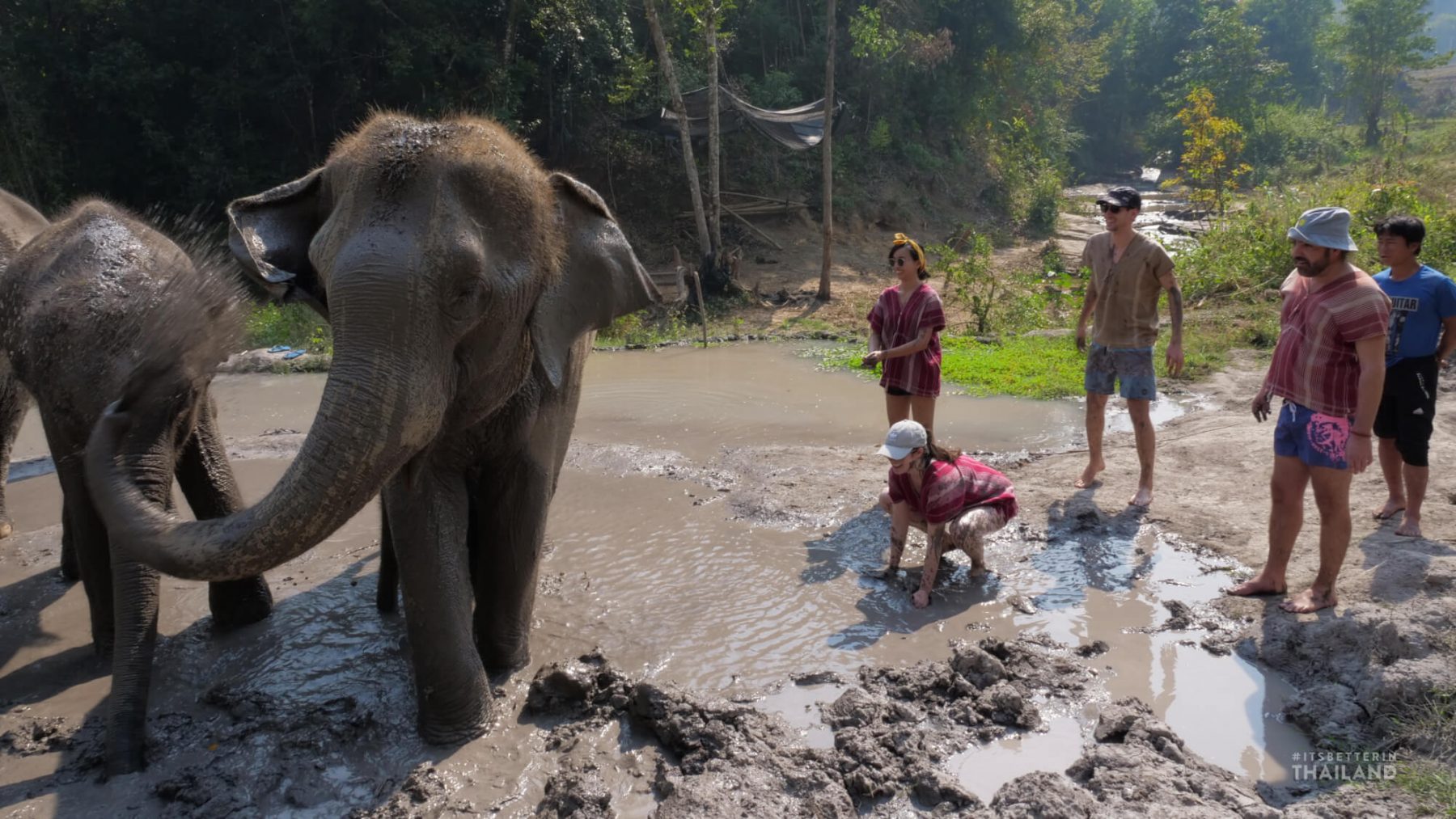
Note: Learn more in our guide to choosing an ethical elephant sanctuary in Thailand
People who advocate simply outright banning elephant riding camps and circuses are pursuing a dead-end strategy that has zero chance of success. Improving the lives of these animals requires working within the existing framework, and any solution must maintain the livelihoods of the people whose income depends on elephants. To ignore this would condemn the elephants to starvation.
Give elephants rights
Instead of an outright ban, what if we could work towards giving elephants what would essentially amount to worker’s rights. Every elephant could be guaranteed a minimum amount of natural outdoor space not on concrete. They could have a maximum number of working hours per day, limits on how much weight can be placed on their backs, and riding seats that are better designed with their ergonomics in mind. Limits could be placed on the amount of time they can spend each day restrained by rope or chain, and a majority of their time could be set aside for social interaction with other elephants. They could be guaranteed a certain percentage of their body weight in nutritious food each day, and mandatory veterinary checkups plus surprise inspections could ensure compliance.
While elephant riding is less-than-ideal, when done properly it is not actually as terrible for elephants as some people make it out to be. A fully grown animal weighing a few thousand kilos and carrying two normal-sized tourists is only supporting a tiny fraction of its body weight on its back.
More problematic than riding are the circuses where elephants are forced to play football, throw darts, and paint pictures. This takes much more coercion to train, and it’s actually pretty undignified. If you stop and think about it, this practice really doesn’t square with the iconic image of the elephant that is usually found in Thai culture.
These are just a few ideas from the top of my head, and I’m sure people with more expertise than I have could come up with more or better rules. The point is though that we need to come up with ways to improve Thailand’s captive elephants’ lives that actually have a chance of being enacted. A little pragmatism can go a long way.
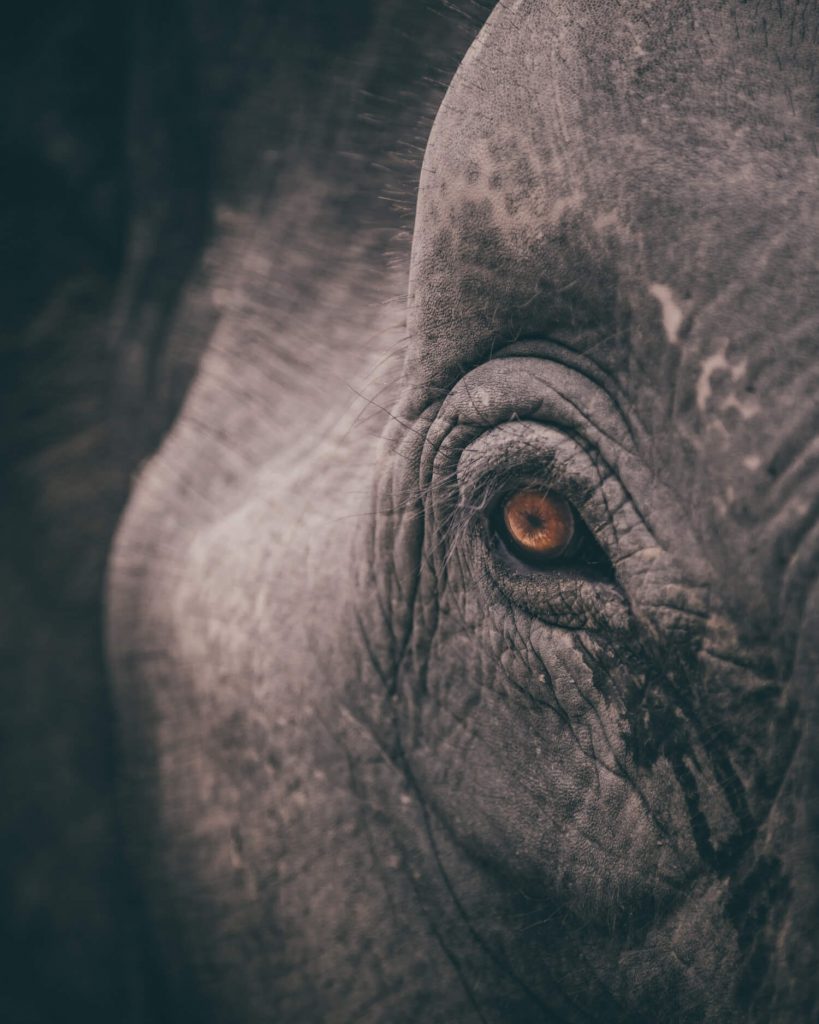
Shifting outlook
The second part of this is to accelerate the trend of elephant riding becoming more and more taboo (without the shaming, please), and providing more opportunities to interact with elephants in ethical ways. Just in the last few years, there has already been a profound shift in the mentality of foreigners who visit Thailand and the type of elephant encounter they want to have. Walk through the streets of Chiang Mai today and you’ll see nearly every tour booking shop prominently advertises “no riding” sanctuaries, which were almost unheard of less than a decade ago. Dozens of elephant camp owners are seeing this shift and changing their business model. Organizations like the amazing Elephant Nature Park are helping many of them with the transition.
So far it’s been mainly young Western travelers who have embraced the change, but with the right mix of education and the proper incentives, we could see the same shift with older travelers, Asian and Russian visitors, domestic Thai tourists, and more. The power of social media to shape people’s travel behavior is obvious, but it only works when you promote the benefits of ethical elephant tourism, not when you shame people for choosing the wrong kind.
A win-win
The final point to make is that the benefits of ethical elephant tourism are not limited to the elephants themselves. Interacting with happy, content animals is a much better experience than riding atop an abused one. An elephant ride is surely uncomfortable, and your experience of the animal is limited to an awkward view of the top of its head. On the other hand, standing next to one of these incredible creatures and staring into its eyes and seeing the wisdom they possess is unforgettable. Experiencing their intelligence and playful nature can be a highlight of your holiday.
I truly believe that most of the people who ride elephants aren’t doing so because they want to hurt the animals, or even because of any particularly strong desire to sit on top of one. It’s just “the thing to do”. It’s what other people do, and it’s what tour agents sell, so they figure it’s the way they should do it. As more and more people realize how much better it is to interact with elephants in an ethical way, word will spread, and the model will shift.
Until that time, let’s work to improve the lives of Thailand’s captive elephants in a pragmatic and realistic way that doesn’t ignore economics, the livelihoods of Thai workers, and the proud place that elephants hold in Thai culture. And please, no more shaming.
